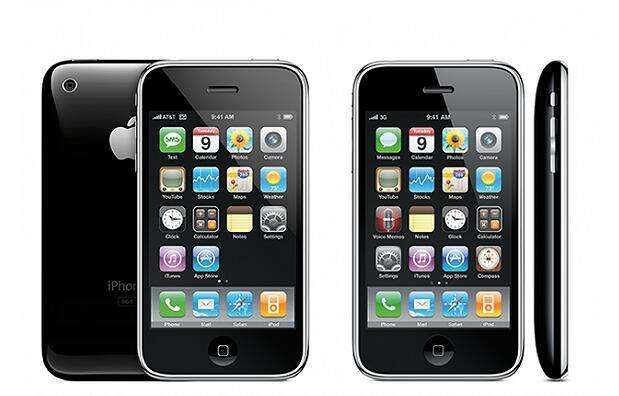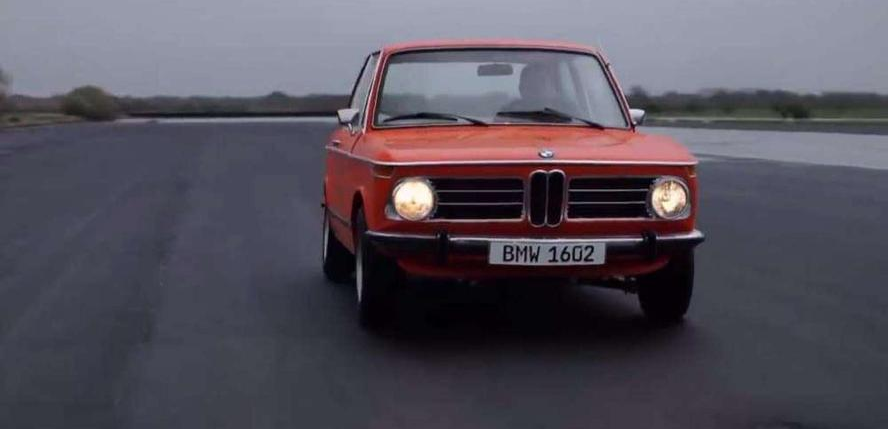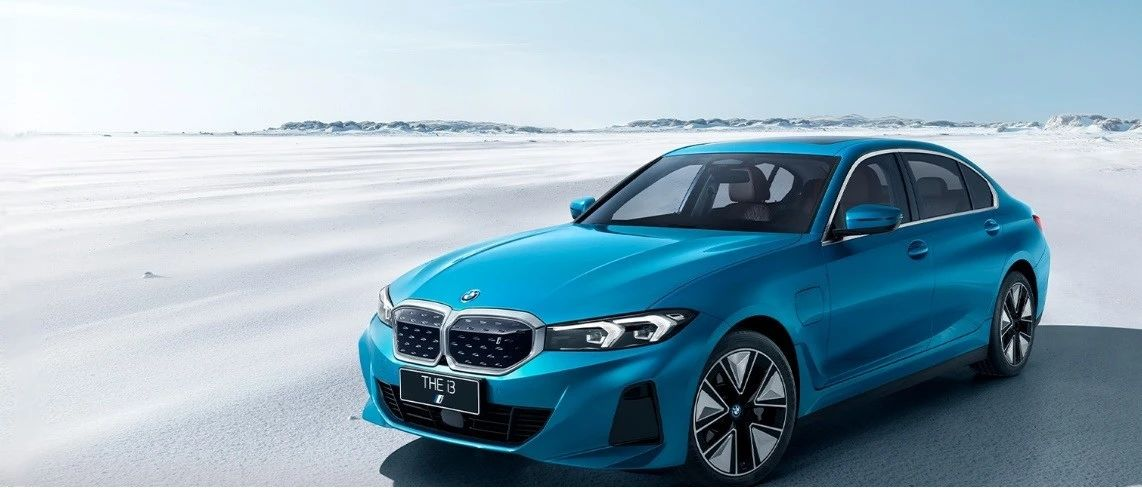Author: Zhang Yi
After the highest discount of 230,000 yuan in the Mercedes EQ series, the price of BMW’s new energy models finally couldn’t hold up.
Recently, “Electric Power” reporters looked at the discount efforts of BMW dealers across the country on a certain car media and found that the i3 with a website price of 349,900 yuan, most dealers’ discount prices have been given between 50,000-80,000 yuan, and some dealers have reached 90-100,000 yuan. It was reported that some customers can even get more than 100,000 yuan in discounts.
In other words, in some regions, the latest BMW i3 can be purchased for as low as 250,000 yuan.
Admittedly, it is near the end of the year, and dealerships are all trying to clear inventory by increasing sales volume, and discounts and promotions are the easiest and most direct way. However, the i3 can have a discount of up to 100,000 yuan, approaching a 30% discount, which is really rare at BMW.
What’s more noteworthy is that although the new i3 was only launched at the end of March this year, it has already experienced three price reductions. In October, the terminal discount reached 40,000 yuan, and at the beginning of November, it was discounted by 70,000 yuan. Now it has risen to 100,000 yuan.
The direct reason for this price cut is also very obvious. On the one hand, as I mentioned earlier, dealers face pressure to clear inventory at the end of the year, and terminal sales itself does not have enough enthusiasm and motivation to sell products in the i series, so they have to rely on unlimited discounts and promotions.
On the other hand, of course, it is due to the pressure from Tesla. The Model 3 and Model Y caused a small market fluctuation with a price adjustment in October, and the influence is naturally inferior to the i3, which has already been passively compared to it, starting a luxury brand’s most reluctant price war.
However, the direct reason for the repeated price cuts of the i3 is that it really can’t be sold.
Since its launch in March this year, the total sales of the i3 have only reached 7,128 units, which is less than a single month’s sales of the 3 series, which is not even close to direct competitors such as the Model 3 and Jinkr 001 with high-price overlap.
Even a strong brand like BMW has to lower prices to boost sales in the relentless shifts of the changing times. But can lowering prices really rescue sales? It’s probably not that simple.
Tied to the Image of the Past
As we all know, when new energy vehicles led by Tesla began to dominate the automobile market, the definition of cars and user recognition of cars gradually began to change.
In the past, users only bought a car for transportation and carriage, with a focus on basic needs. Although many assisted driving functions have also been developed, most people are not aware of these functions until they change cars, let alone use them.
Nowadays, the situation is different. Users buy cars not only for transportation and carriage, but also for something beyond that. When the threshold of technology and craftsmanship is low enough, the market naturally tends to pursue things beyond just transportation, that is, “car +”.
At this time, a car is no longer just a traditional car. It is a private space that can satisfy users’ exploration of more possibilities based on transportation. It includes features like automatic driving, karaoke, games, movies, etc., and integrates fragmented needs, just like how the single functions of iPod, e-mail, and Kindle were finally integrated into the iPhone.

Therefore, when the nature of cars changes, all brand cultures based on the historical accumulation of fuel-based cars lose their attractiveness. In the face of this redefined “new car”, whether it’s BBA or new forces, everyone has returned to the primitive age and started again.
Therefore, for top traditional fuel car brands like BMW, their historical background sometimes becomes a burden. When we think of BMW, we always think of its handling and 50:50 weight distribution, but it’s hard to associate it with keywords like electric and intelligent.
BMW itself is also resistant to electric cars. Although electrification is the general trend, going all in on electric cars means that BMW must give up the brand accumulation brought by a century of fuel cars, and it will also cause a significant impact on the current fuel car system. It may hurt others more than oneself when the time comes.The courage for this kind of self-revolution cannot be generated until there is no way out. However, it is believed that for BMW, it is not difficult to make an authentic pure electric vehicle.
Since the debut of the first electric vehicle 1602 in 1972, BMW has had 50 years of experience in producing electric vehicles and has accumulated a large amount of technology reserves that have been verified. In terms of electrification transformation, BMW has invested 15 billion to build the Lida factory dedicated to producing the i series, and later invested another 10 billion to expand power battery production in China.

However, just like Nokia, which spent 40 billion US dollars on developing smartphones over a decade before its collapse, unfortunately, users had already formed an outdated impression of it. Nokia did not follow the path paved by the iPhone and had nowhere to turn in the end.
Similarly, although BMW has a lot of technology reserves and invests heavily, the final product presented to users still looks like the old fuel-powered car. As a result, old users are indifferent, and new users are unimpressed. How can the product sell well?
Taking the i3 as an example, one of the most important reasons why the i3 does not sell is that it looks like a model that BMW made for brand public relations to meet market demand, with form over substance.
Users want a sense of technology, so i3 provides a dual-screen of 14.9+12.3 inches. However, the UI design still has a strong smell of a fuel-powered car.
Users want economy, so BMW put in a three-element lithium battery with a range of 526 kilometers under the CLTC standard, but the starting price is 50,000 yuan more expensive than the genuine 3 Series.
Users want instant explosive handling, so BMW put in an excitation synchronous motor. The official website calls it “amazing” with a hundred kilometers per hour acceleration of 6.2 seconds. However, BMW may have overlooked that models like the Model 3 and Jeky 001, which are priced equally, are all using dual motors. A three to four second one-hundred-kilometer acceleration is no longer a new thing.
Although BMW claims to be “at home in China,” it did not show sincere intentions in its products. Thus, it is not easy for the people from home to buy its product. It’s really hard to love i3.The failure of the i3 reflects BMW’s helpless reality of running naked after losing the emperor’s new clothes of brand premium. In the face of the trend of traditional luxury brands transitioning to new energy and declining sales, BMW has nowhere to escape. The i3 can be regarded as BMW’s slap in the face.
In fact, it’s not just the i3. The ix3 and BMW 5 series PHEV currently on sale are also facing the embarrassing situation of not selling.
Fundamentally, product strength is the core driving force of sales, and product strength needs to bring core value to users to support it. For BMW, this core value used to be about handling, but what about now?
When energy changes from oil to electricity and the driving form changes from an engine to a motor, due to the elimination of the tuning barrier, the difference in handling feel brought by mechanical operation is getting smaller.
We can see that some of the top new forces in the industry deliberately avoid emphasizing handling in their core value propositions, instead focusing on family space (such as Ideal), user services (such as NIO), and even though “Ultimate Kar” had a good reputation for handling, its sales growth was limited by the lagging car system, until the free upgrade to the 8155 chip. In the end, handling did not become its core value.
Therefore, for BMW to achieve successful transformation, it may need to rediscover its core competitive product strength, make a brand promise that fits the times, and then reshape BMW’s brand value.
The Voices of Electric Force
Heraclitus said: “No man ever steps in the same river twice.” Everything in this world is in motion and undergoing change. A brand that has been successful for the past hundred years may not necessarily continue to be successful in the next hundred years.
For BMW, its century of success does not necessarily mean that it has caught the pulse of the times. Instead, when it moves to the crossroads of the times and faces the weight of history, it becomes hesitant and unable to make a decision, and can only watch as the iron rice bowl of the luxury market is broken by new forces that come after.
In the face of the current loss of voice in the new energy market and the uncertainty of the future direction, it is important to continue R&D and production of electric vehicles, but for BMW, dealing with historical burdens and internal combustion engine models requires a trial of new solutions.
It’s time to do some subtraction.
This article is a translation by ChatGPT of a Chinese report from 42HOW. If you have any questions about it, please email bd@42how.com.
